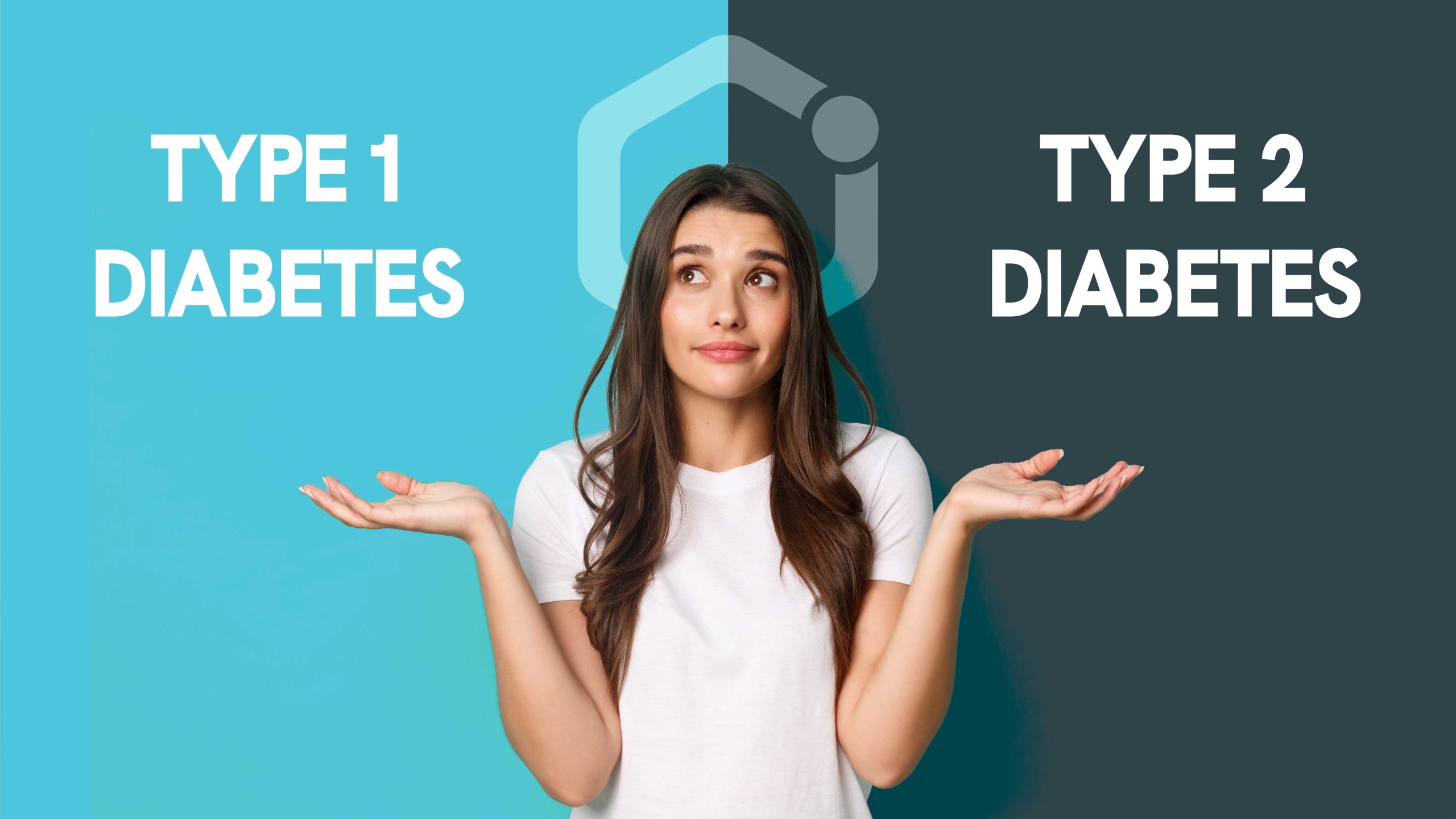Diabetes is a medical condition that occurs due to the inability to manage sugar levels. It has two forms: Type 1 and Type 2. Both Type 1 and Type 2 diabetes develop differently, but it is equally important to seek prompt treatment if you experience any symptoms of either type.
What Is Type 1 Diabetes?
Type 1 diabetes is classified as an autoimmune disorder in which the body’s defense system mistakenly destroys insulin-producing cells in the pancreases.. Insulin aids in the control of sugar levels in the bloodstream. Without these insulin-producing cells, the body’s insulin level will remain unchecked, eventually leading to hyperglycaemia. Without insulin, cells will not be able to utilize sugar and convert it into energy.
Children and young adults primarily suffer from Type 1 diabetes. However, anyone above the age of five can develop this condition. Insulin levels must be checked regularly for these individuals. There is no method of prevention or protection from Type 1 diabetes.
What Is Type 2 Diabetes?
Type 2 diabetes is becoming increasingly common and affects a large portion of the population. It is primarily associated with an unresponsive reaction to the insulin hormone, commonly referred to as insulin resistance. The pancreas still produces some insulin, but the volume is insufficient. Eventually, this volume decreases over time.
Type 2 diabetes primarily affects middle aged people, but nowadays, more inactive children are being diagnosed with the condition. Most patients are able to manage type 2 diabetes with healthy diet, right medication and physical activity.
Key Differences Between Type 1 and Type 2 Diabetes
Cause
- Type 1 diabetes is an autoimmune condition.
- Lifestyle choices combined with insulin resistance result in Type 2 diabetes.
Onset Age
- Usually, type 1 diabetes manifests at a younger age within childhood or early adulthood.
- Younger individuals are also susceptible, though type 2 diabetes is more common among older adults.
Insulin Production
- With Type 1 diabetes, the islet cells of the pancreas completely stop producing insulin.
- With Type 2 diabetes, the body either does not use insulin properly or does not produce enough insulin.
Symptoms
- Dry mouth, fatigue, and frequent urination are symptoms of both types of diabetes.
- The warning signs of Type 1 diabetes appear rather abruptly.
- Type 2 diabetes’s symptoms may take months, or even years, to appear.
Treatment
- Insulin injection for type 1 diabetes is required throughout a patient’s life.
- Changes in lifestyle choices and medication are frequently sufficient for type 2 diabetes.
Risk Factors
Type 1 Diabetes
- A family history of diabetes.
- Certain viral infections may play a role in the development of Type 1 diabetes. Usually associated with individuals of European ancestry.
Type 2 Diabetes
- Excessive weight gain.
- Sedentary/inactive lifestyle.
- Poor nutrition.
- A family history of diabetes.
- A history of hypertension or hypercholesterolemia.
Symptoms Of Both Types
- Excessive thirst/dry mouth.
- Excessive urination above normal levels.
- Considerable decrease in weight (more frequent in type 1 diabetes).
- Muscle aches/weakness.
- Blurry vision.
- Injuries take longer than usual to heal.
How to Manage Type 1 Diabetes
- Adhere to prescribed insulin treatment.
- Routine blood glucose monitoring.
- Consume a healthy diet.
- Engage in physical activities.
- Watch your health for possible complications.
How to Manage Type 2 Diabetes
- Eat a well-balanced diet.
- Participate in active exercise every day.
- Achieve and preserve an optimum body weight.
- Utilize treatments as necessary.
- Monitor blood sugar levels frequently.
- Decrease smoking and drinking.
Can Type 1 and Type 2 Diabetes Be Prevented?
- No, Type 1 diabetes is unpreventable.
- Yes, Type 2 is preventable with a healthy lifestyle.
Complications of Diabetes
Improperly managing both types of diabetes can result in:
- Heart disease.
- Kidney problems.
- Eye issues.
- Nerve damage.
- Foot problems.
Life with Diabetes
Diabetic individuals can live long and healthy lives as long as they take proper care of themselves. Blood sugar levels are an important factor to manage. Proper diet, exercise, and adherence to a physician’s recommendations are essential in controlling diabetes.
Conclusion
Understanding the difference between Type 1 and Type 2 diabetes is important. Type 1 diabetes is an autoimmune disorder, whereas Type 2 is related to one’s lifestyle choices. Each type of diabetes has its own set of risks that can be harmful. Should you happen to notice any of these symptoms, be sure to visit a doctor for assessment and treatment.
We care for your health at Floral Park, and believe knowledge about health should be accessible to every patient which is why we aid the clients in grasping the basic distinctions between Type 1 and Type 2 diabetes. Our desire is to prepare every individual to effectively prevent or manage any diabetic condition. Whether you are looking for a medical diagnosis or would like to take part in activities that focus on bettering your health, Floral Park has it all. Stop waiting, and take action. Today is the day you start working towards better health.
FAQs
Q. Can you develop type 1 diabetes from type 2 diabetes?
A: No, they are completely different conditions. Type 2 diabetes does not progress into type 1 diabetes.
Q. Is type 1 diabetes more severe than type 2 diabetes?
A: Both are serious conditions, but type one almost always requires increased insulin injections, which makes it a bit more severe.
Q. Is it possible for a diabetic to consume sweets?
A: Yes, but very little of it. Controlling blood sugar levels is essential to properly manage diabetes.

